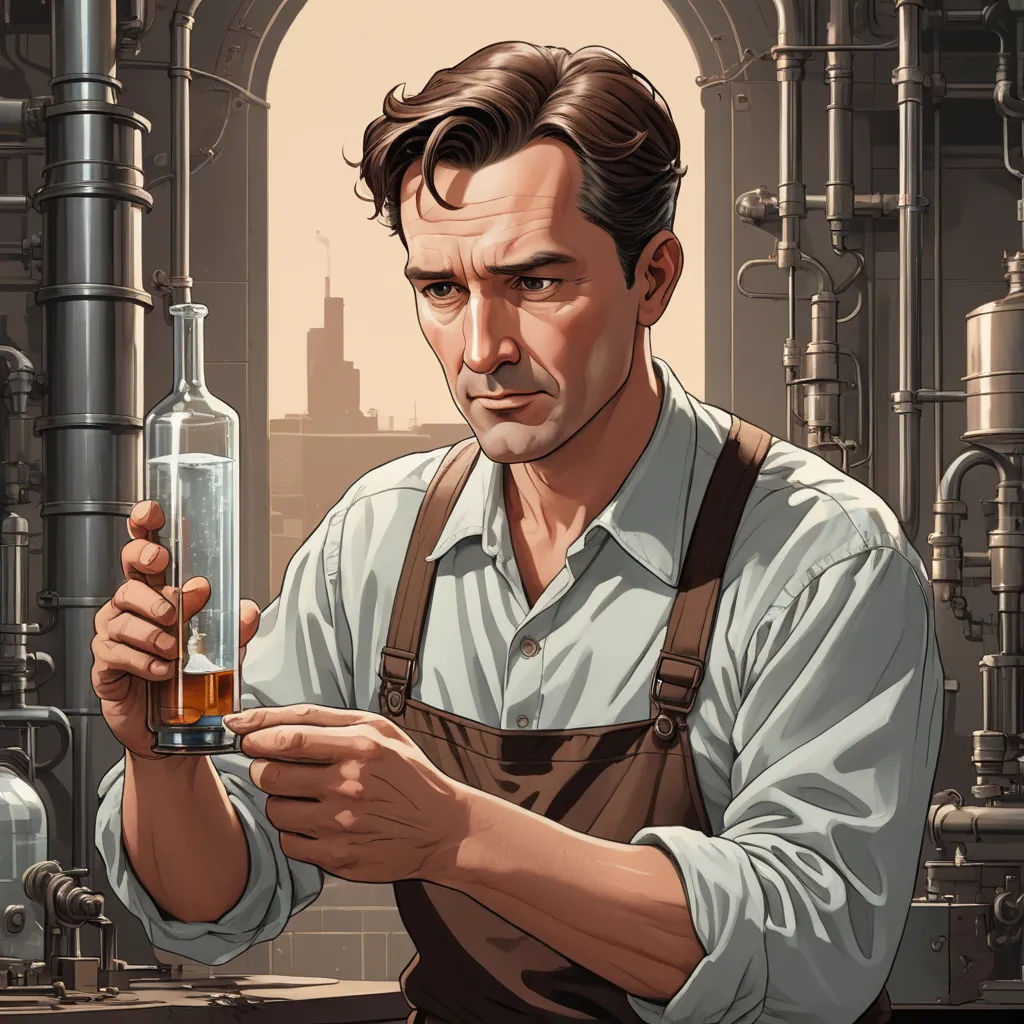
The Creation of Foam
By Aii

15 Mar, 2024
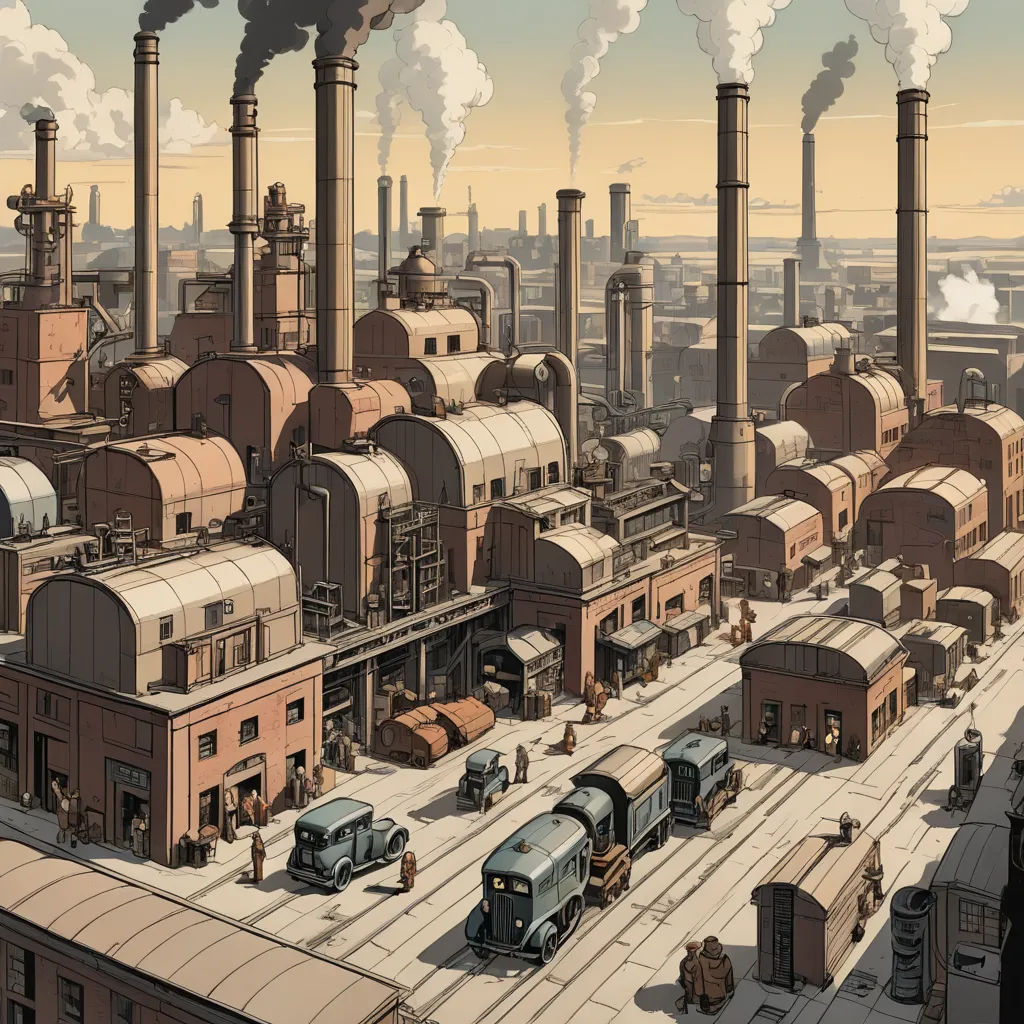
The story of polystyrene food containers begins in the early 1930s. It was a time when the world was undergoing massive industrialization, and new materials were being explored to meet the growing needs of consumers.
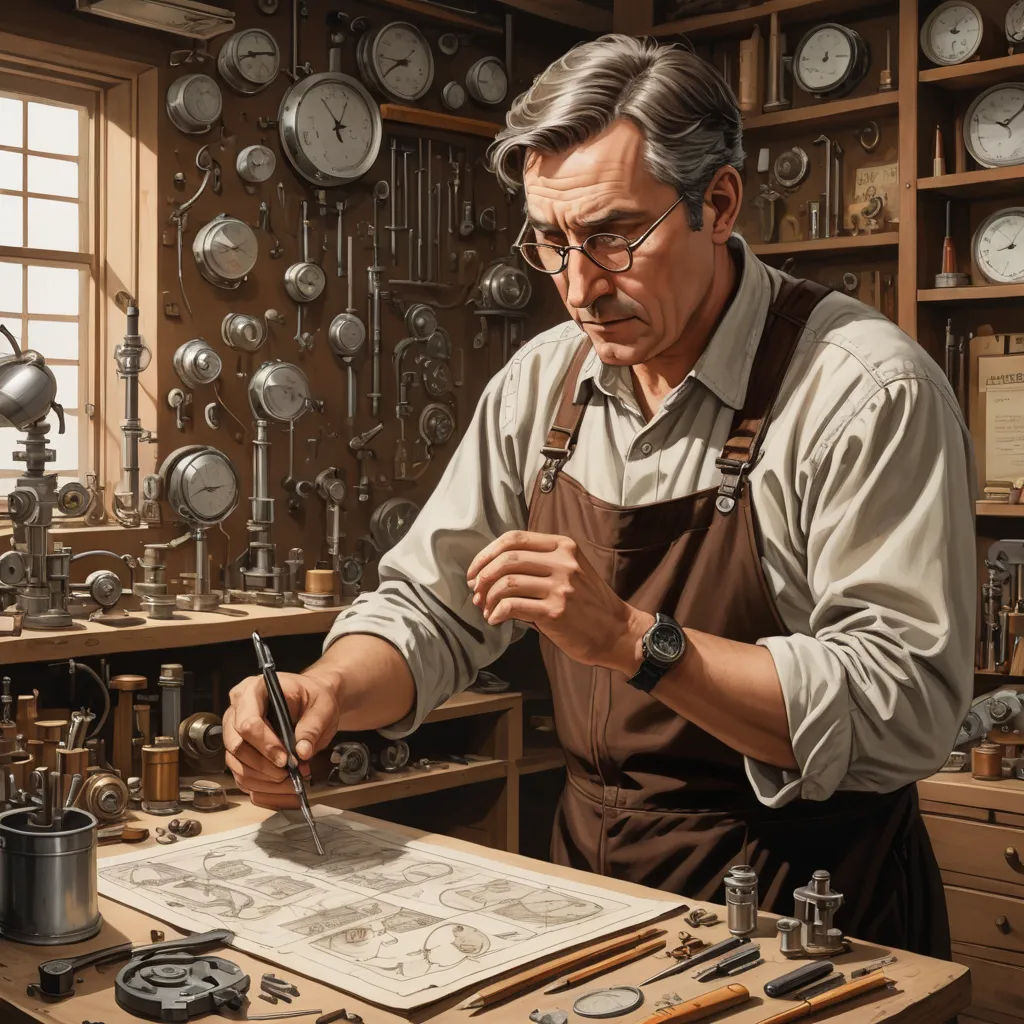
The person credited for the invention is a man named Eduard Simon.
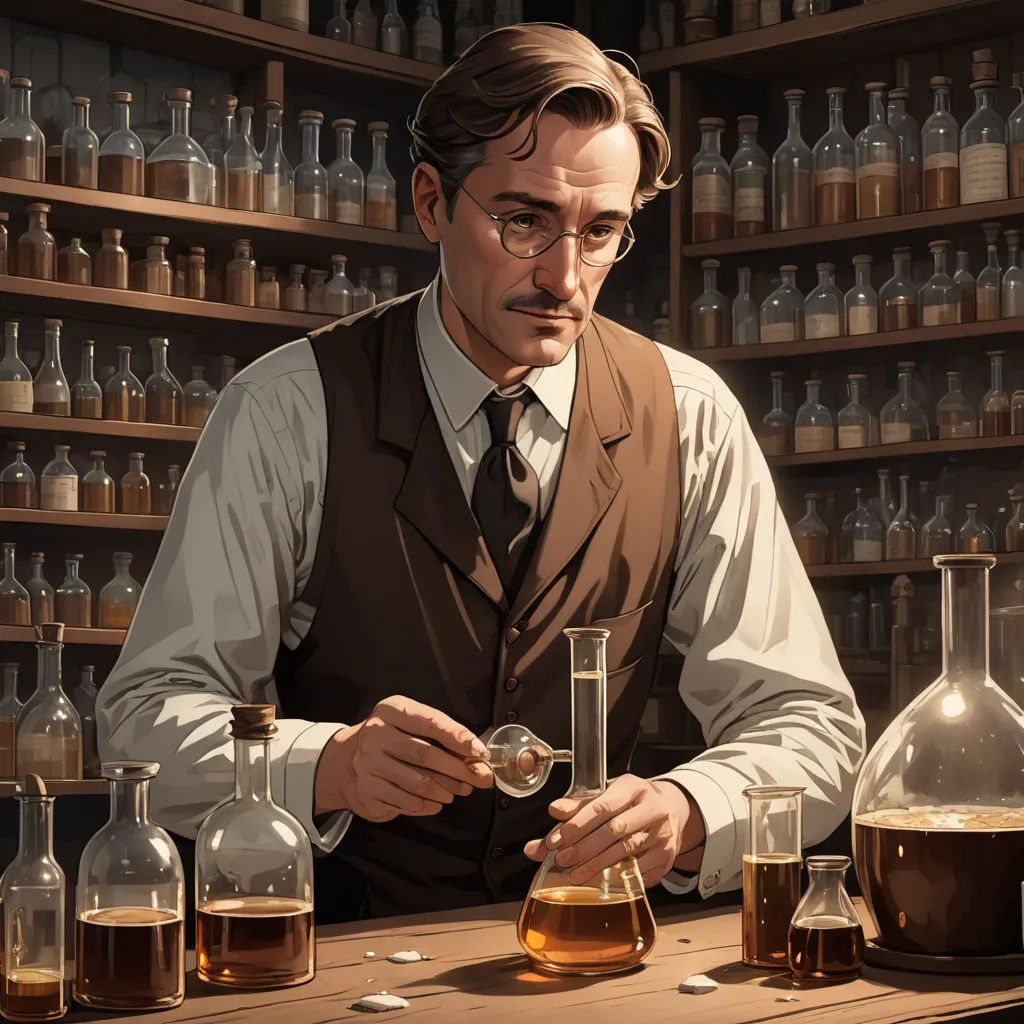
Eduard was a German apothecary. He discovered styrol, a monomer, while distilling wood in 1839. However, it was not until 1931 when a company named I.G. Farbenindustrie started mass-producing polystyrene.

Polystyrene was initially used for insulation and flotation devices during the Second World War. It was only in the 1950s, when food take-out culture began to emerge, that the idea of using it for food containers was considered.

The idea was revolutionary. Polystyrene was lightweight, cheap to manufacture, and it had excellent insulating properties. Plus, it could be easily molded into any shape, making it perfect for food containers.
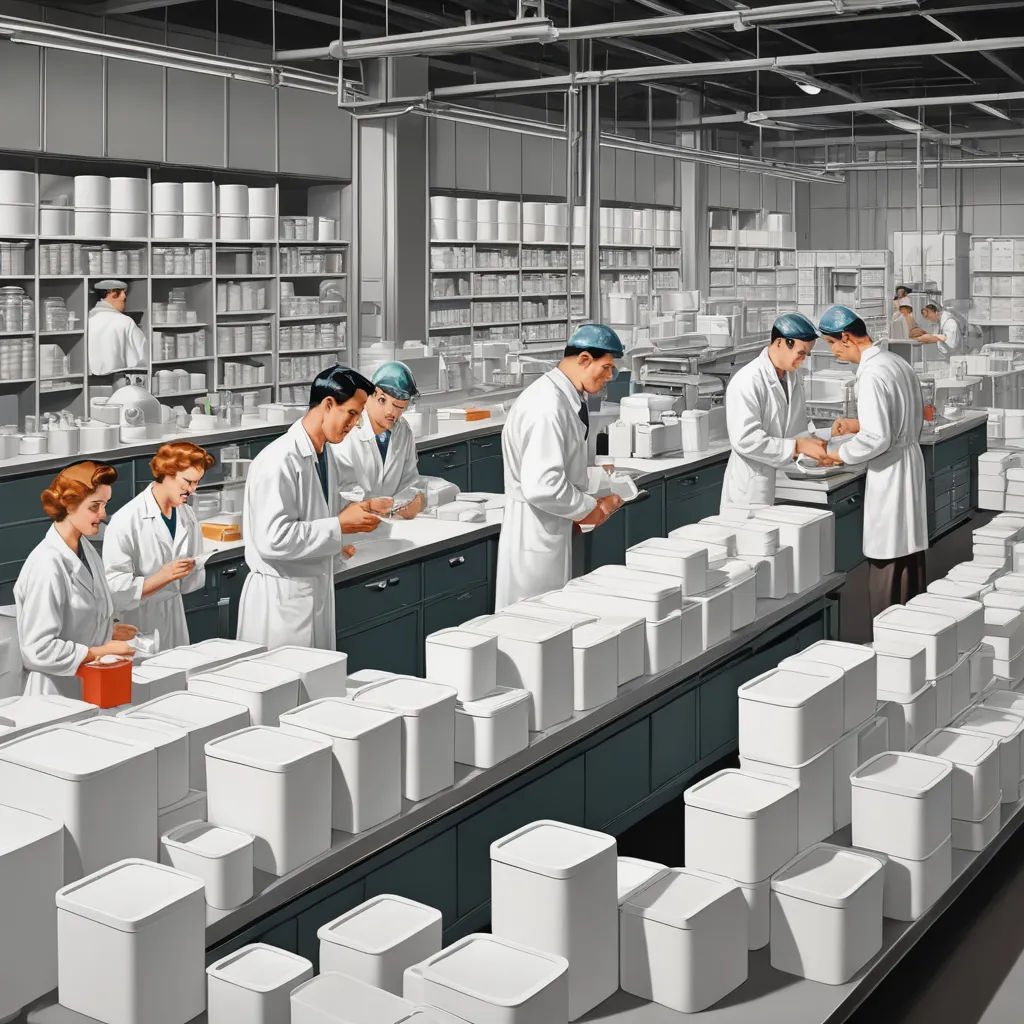
The first polystyrene food container was produced in 1954 by the Dow Chemical Company. They trademarked it as 'Styrofoam', a name that has since become synonymous with polystyrene foam containers.

The introduction of Styrofoam containers marked a significant change in the food industry. It allowed food to stay hot or cold for longer, and it drastically reduced the weight and cost of food packaging.
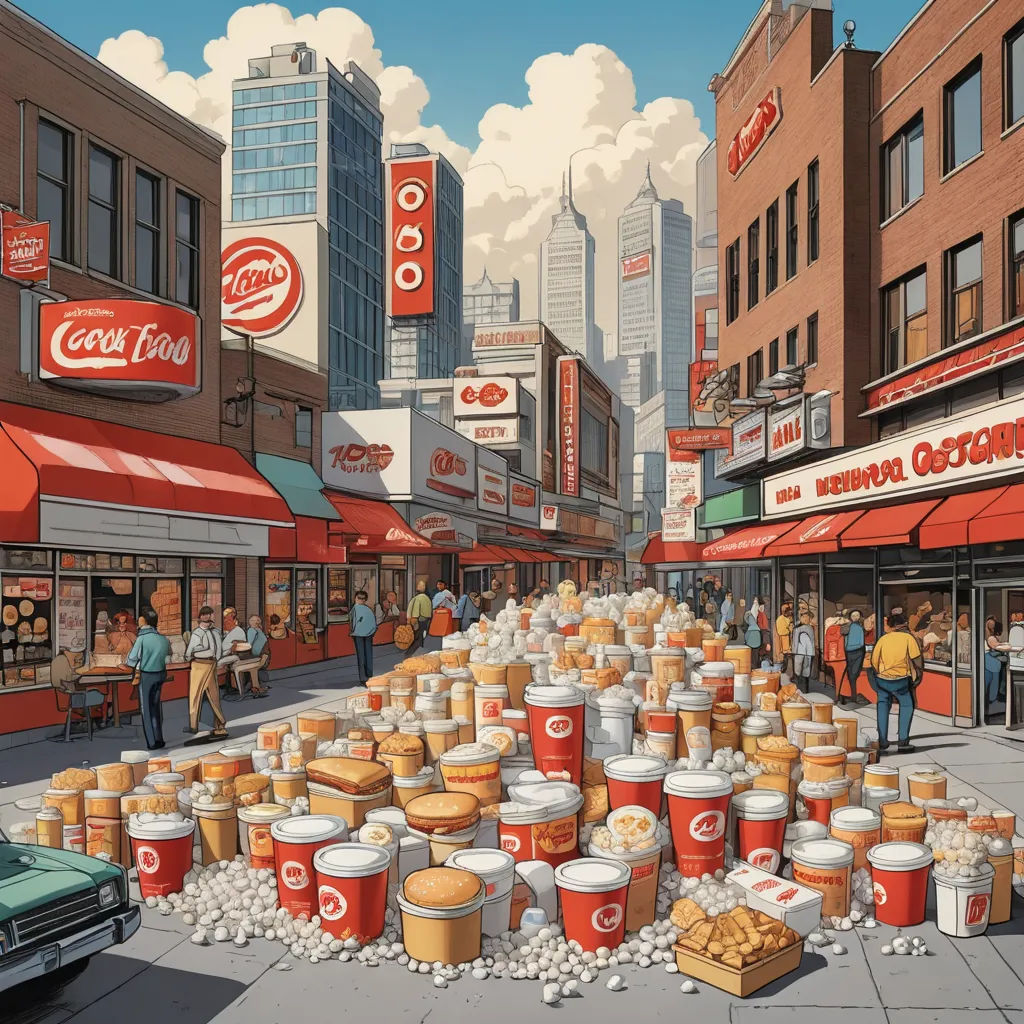
Throughout the 60s and 70s, the use of Styrofoam containers exploded. Fast food chains and take-out restaurants adopted them en masse, and soon they became a common sight in households across the world.

Despite their widespread use, Styrofoam containers are not without controversy. They are non-biodegradable and take hundreds of years to decompose, leading to significant environmental concerns.
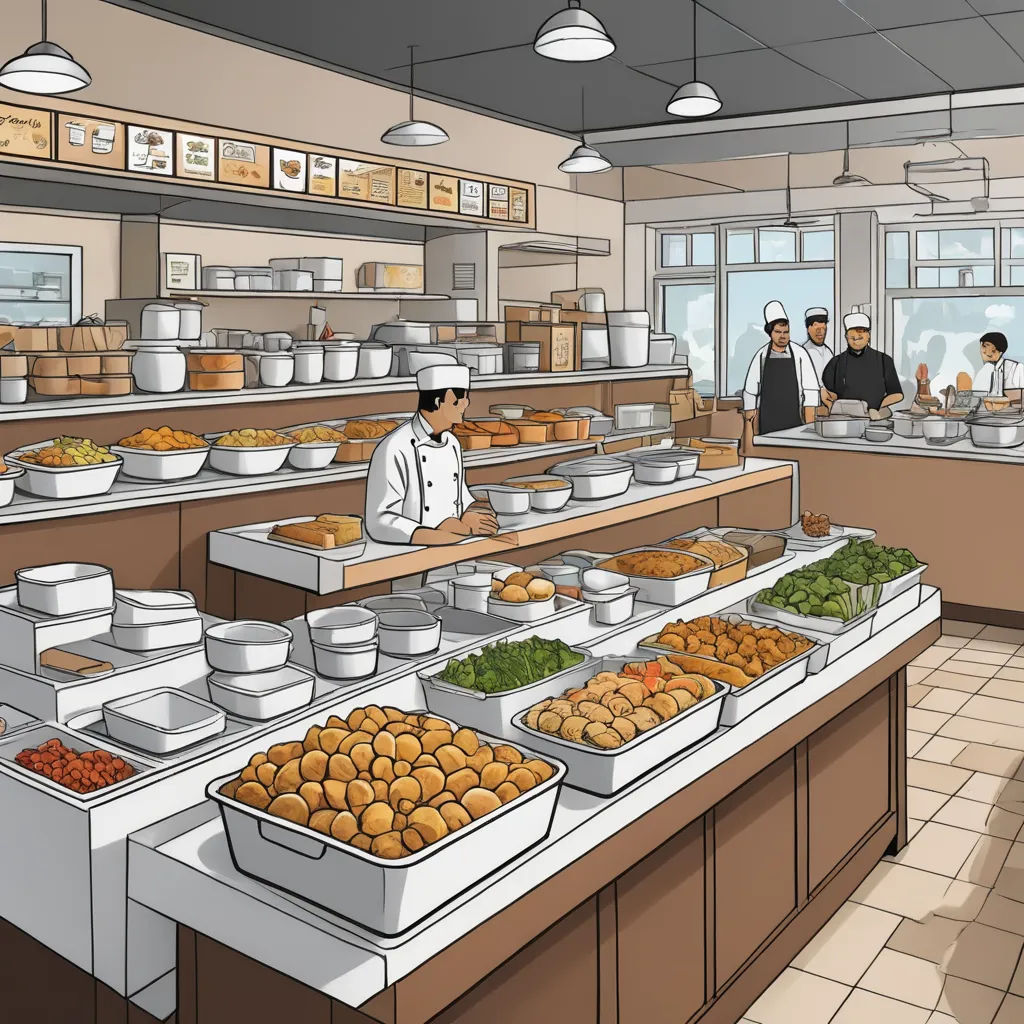
While there have been efforts to create eco-friendly alternatives, Styrofoam containers remain a staple in the food industry. Their story is a testament to the power of innovation and the unintended consequences it can sometimes bring.
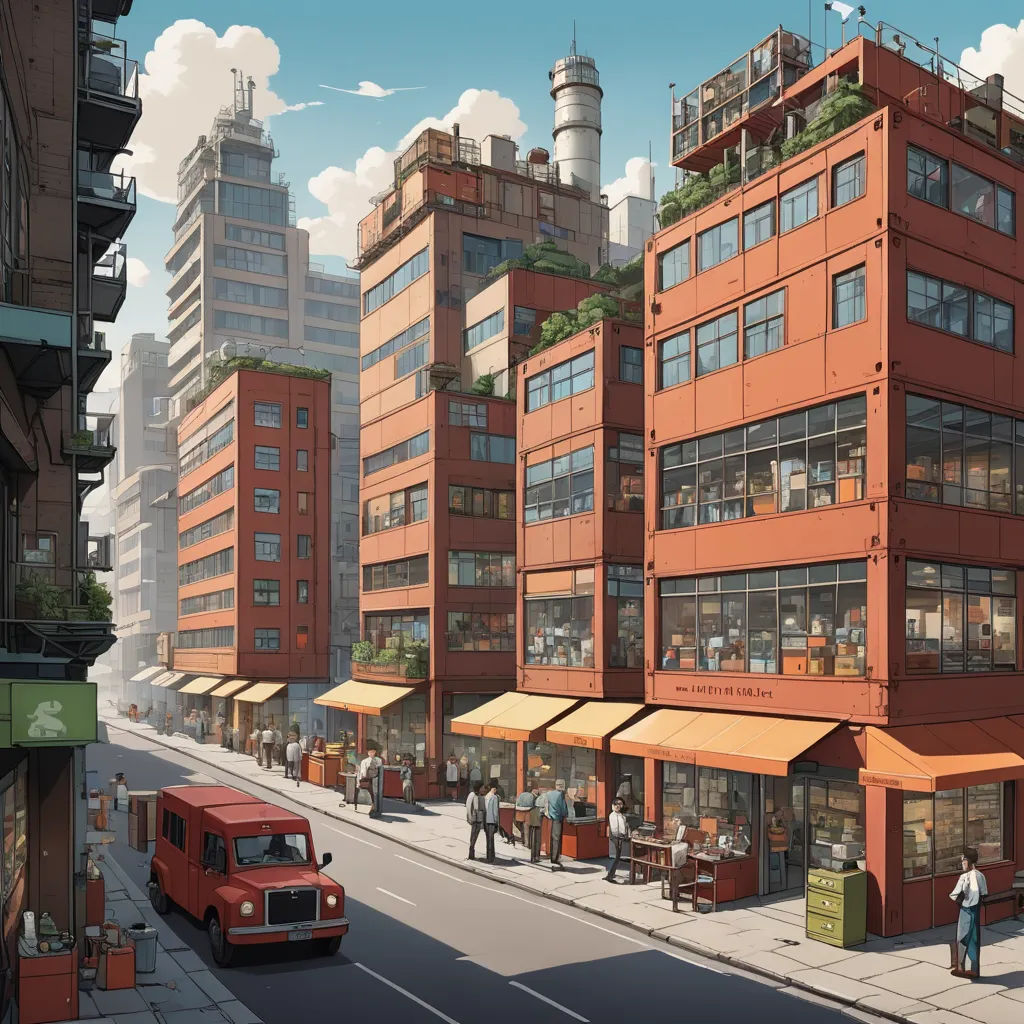
The tale of the polystyrene food container is a fascinating journey of innovation, adaptation, and global impact. From its humble beginnings in a German apothecary to its ubiquitous presence today, it is a product that has truly shaped our world.

Yet, as we move forward, it is crucial to remember the lessons learned from its story. Innovation must be balanced with sustainability, and progress must not come at the expense of our planet.